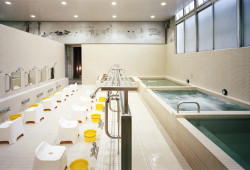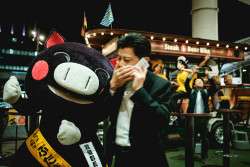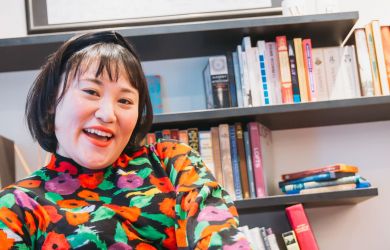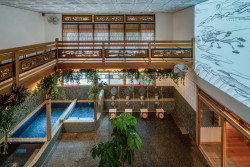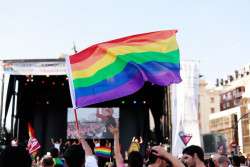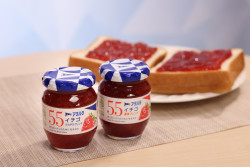
Originally published on metropolis.co.jp on April 2011



 In the dark days following March 11, fashion was the last thing on people’s minds. For the first time in its history, the 12th Japan Fashion Week in Tokyo—scheduled for March 18-25—was called off. “JFW believes in the power of fashion which has Cool Japan at its core,” announced Chairperson Masahiko Miyake. “Now more than ever is the time for Japan to leverage its ingenuity and creativity.”
In the dark days following March 11, fashion was the last thing on people’s minds. For the first time in its history, the 12th Japan Fashion Week in Tokyo—scheduled for March 18-25—was called off. “JFW believes in the power of fashion which has Cool Japan at its core,” announced Chairperson Masahiko Miyake. “Now more than ever is the time for Japan to leverage its ingenuity and creativity.”
The fashion industry took Miyake’s words to heart, finding original ways to help heal Japan. Goodwin, operator in Japan of outdoor wear brand The North Face, sent clothing to help evacuees cope with the dual loss of shelter and heating. Casual clothing giant Uniqlo sent ¥700 million worth of clothing, including 300,000 garments from their insulated HeatTech line, as relief efforts were stymied by unseasonably cold weather in Tohoku.
Domestic fashion brands have also been overwhelmingly generous with cash donations. Coach dipped into their handbag brand for ¥400 million, while Tod’s pitched in ¥100 million. Tadashi Yanai, CEO of Uniqlo’s parent company Fast Retailing, made a personal donation of ¥1 billion.
Other brands are appealing to customers to open their hearts and their wallets. Apparel and home goods brand Muji is raising funds for rescue and relief NGO Japan Platform by accepting online donations in ¥10 units, which can be paid by Muji gift card, coupon or credit card. The small gifts add up, and over ¥3.4 million has already been raised.
Tokyo-based T-shirt retailer Graniph unveiled their “Join Forces” line, starting with two limited-edition designs available in two colors each. Of the ¥2,100 price, ¥2,000 goes to the Japanese Red Cross, and ¥100, as Graniph’s homepage explains, is “donated” to the taxman. In addition to facilitating your donation, the T-shirt’s design also expresses hope in the country’s rebuilding.
Other players in the fashion world have taken a more grassroots approach to generating aid. Shibuya-based free fashion magazine SG invited its eye-catching models to collect donations in front of retailer Don Quixote’s Shinjuku location, raising ¥211,000 for the Japanese Red Cross in just a few hours.
One of the most pervasive campaigns has been the Mighty Harajuku Project, started by the man behind definitive local brand 6% Dokidoki. As the enormity of the disaster sank in, Sebastian Masuda felt his super-colorful, hyper-cute brand was out of place in a Harajuku that had grown darker both literally and figuratively. Masuda temporarily converted the press room above his shop into an emergency center where people from the community could donate and package clothing and other supplies to be sent to Tohoku.
Two days after the earthquake, Masuda’s shop began distributing free badges with the slogan “Mighty Harajuku: We Vow to Pray for Japan” in order to send the message to young people that the fashion center was a place to feel safe. Other brands and shops in the area joined in, and you’d be hard pressed to spot someone in Harajuku without a badge at the moment.
The campaign is also designed to send a message abroad. “To someone overseas, Harajuku may look close to Fukushima on a map of Japan, and they may imagine everyone walking around in gas masks,” Masuda says. “We wanted to let them know Harajuku is still here, and moving forward.”
In its first days, the project received some criticism from people who felt it was inappropriate to send such an upbeat message in a time of grieving. “I explained to people that Japan needs to rebuild, and we cannot do that if everyone stops everything,” Masuda explains. “After 9/11, there were lots of campaigns in New York to encourage people to continue going out […] as a way to help. I wanted to do the same thing in Harajuku, where I have lived and worked for 16 years.”
HOW TO GIVE
- Muji is accepting donations in ¥10 units through June 14. www.muji.net/store/cmdty/donation
- Buying a Japan Disaster Relief T-Shirt from Graniph will send ¥2,000 to the Red Cross of Japan. www.graniph.com/en/product/pickup-Japan_Disaster_Relief

